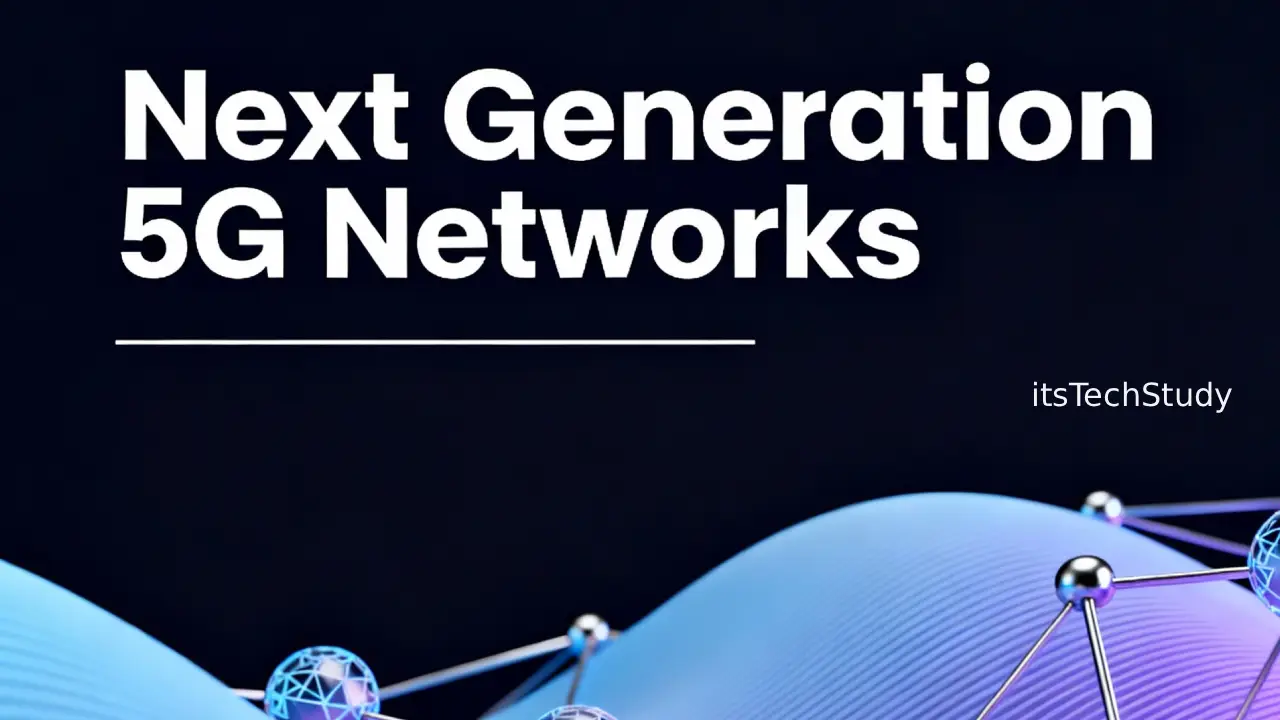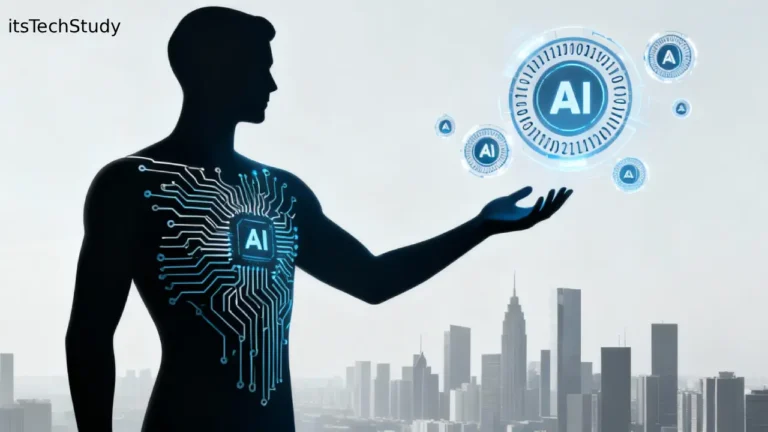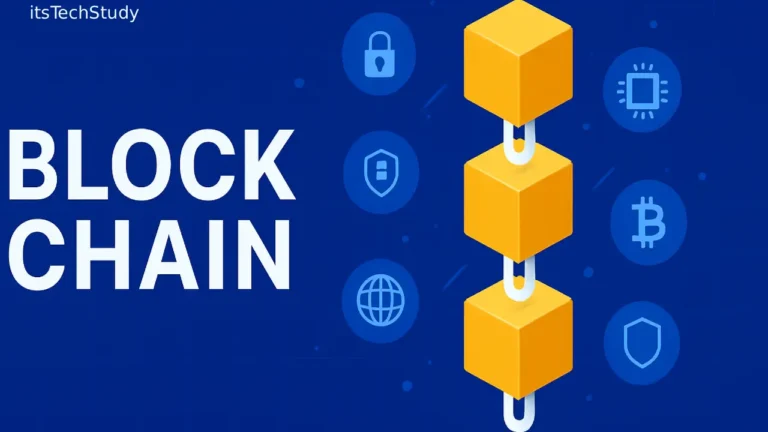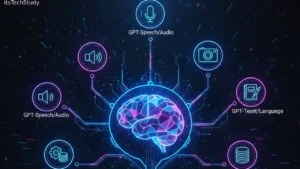Introduction
Remember when 4G first arrived? Suddenly, streaming movies on the go, playing online games, or making crystal-clear video calls became part of everyday life. Fast-forward to today, and 5G has already started changing how we connect. But here’s the real game-changer: the next generation of 5G networks is set to transform much more than just internet speed.
This new phase of 5G isn’t just about downloading movies in seconds-it’s about smarter cities, self-driving cars, telemedicine, and industries that work in real time. Still, one big question remains: what does this shift really mean for you, your business, and the world at large?
What Is Next-Generation 5G?
When people talk about next-generation 5G, they usually mean 5G Advanced or 5G-Plus. This isn’t a completely new technology but rather a major step forward from the 5G networks we already use.
It’s built to deliver:
- Massive IoT support for smart homes, connected factories, and citywide networks
- Enhanced mobile broadband to run AR/VR without lag
- Mission-critical reliability for remote surgery or autonomous cars
- AI-powered optimization that makes networks smarter and more efficient
Simply put, next-gen 5G is about making our digital world not just faster, but smarter and more dependable.
Why the Upgrade Matters
The jump from 4G to 5G was all about speed and connectivity. With next-gen 5G, the focus shifts to intelligence, adaptability, and reliability.
Here’s why it matters:
- Data explosion: Billions of devices will generate massive amounts of data.
- Low latency: With under 1 millisecond response time, tasks like self-driving cars become safer.
- New industries: From telemedicine to smart energy grids, whole sectors will run on real-time data.
- AI integration: Networks will manage themselves, reducing downtime and improving efficiency.
Key Features of Next-Generation 5G
- Ultra-Low Latency: Think of instant response times—critical for autonomous vehicles, industrial robotics, or immersive gaming.
- Enhanced Spectrum Efficiency: Smarter use of frequency bands allows millions more users to connect without slowing down.
- AI-Driven Networks: Artificial Intelligence will handle real-time optimization, ensuring consistent speeds and fewer interruptions.
- Energy Efficiency: More efficient infrastructure reduces network energy use and extends battery life for devices.
Comparing Current 5G vs. Next-Gen 5G
| Feature | Current 5G | Next-Generation 5G |
|---|---|---|
| Average Speed | 1–10 Gbps | 10–20+ Gbps |
| Latency | 10–20 ms | 1 ms or less |
| Network Smarts | Limited optimization | AI-driven optimization |
| IoT Support | Moderate | Massive-scale IoT |
| Energy Use | Higher | Efficient & sustainable |
Potential Applications
Smart Cities
Traffic lights that adjust in real time, waste collection optimized by data, and safer, more efficient urban living.
Healthcare
From remote robotic surgeries to real-time monitoring of patients, healthcare will become smarter and more accessible.
Education
Virtual classrooms powered by VR will connect students and teachers globally, without lag or interruptions.
Industry 4.0
Factories with connected robots and AI systems will approach near-automated, self-optimizing production.
Pros and Cons of Next-Gen 5G
Pros
- Ultra-fast and reliable connectivity
- Handles billions of devices with ease
- Enables breakthrough tech like self-driving cars
- More energy efficient and eco-friendly
Cons
- Costly infrastructure upgrades
- Many devices will need replacement
- More devices = higher cybersecurity risks
Tips to Prepare for Next-Gen 5G
- Upgrade devices early to avoid future disruptions
- Stay updated on carrier rollout timelines
- Prioritize cybersecurity for connected devices
- Explore IoT tools that can leverage new features
Conclusion
The next generation of 5G isn’t just an upgrade—it’s a revolution in connectivity. With lightning-fast speeds, ultra-low latency, and AI-powered intelligence, it’s set to reshape industries and daily life. From smart cities to remote surgeries, the impact will be everywhere.
The key takeaway? Stay prepared. Whether you’re a business leader, a tech enthusiast, or just someone who loves smoother streaming, this shift is going to redefine the way we live, work, and connect.
FAQs About Next-Generation 5G
Q1: What’s the difference between 5G and 5G Advanced?
Ans: 5G Advanced brings faster speeds, AI optimization, and stronger IoT support compared to current 5G.
Q2: Will my current 5G phone support it?
Ans: Not always. Some hardware upgrades will be needed to unlock full potential.
Q3: Is it safe?
Ans: Yes, strict regulations ensure safety, but cybersecurity measures are critical with more devices online.
Q4: When will it be available?
Ans: Rollouts are expected between 2025–2028, depending on region and infrastructure.
Q5: Does it need new towers?
Ans: Yes. New antennas, small-cell towers, and software upgrades are required.
Q6: Will internet costs go up?
Ans: At first, yes. But as adoption grows, competition should drive prices down.












Comments (2)
[…] Together, 5G + Cloud equals instant access to ultra-high-quality content from anywhere, reducing buffering and making entertainment smoother than ever. Learn More About 5G […]
[…] is yet another area driving smartphone technology ahead. With 5G(Read More) becoming a mature technology, 2025 phones are already experimenting with 5.5G and Wi-Fi 7 […]
Leave a Comment